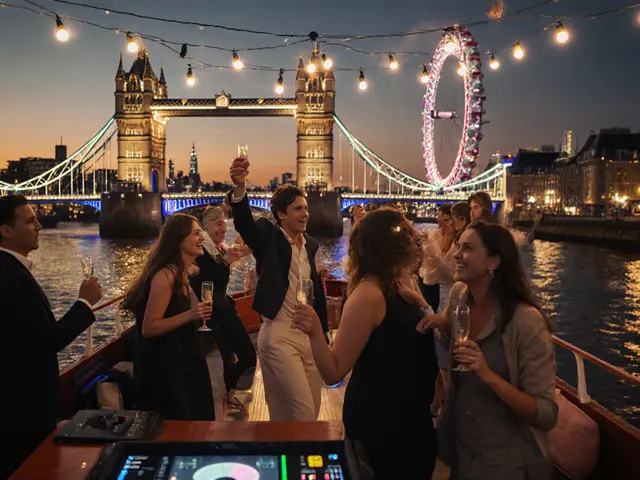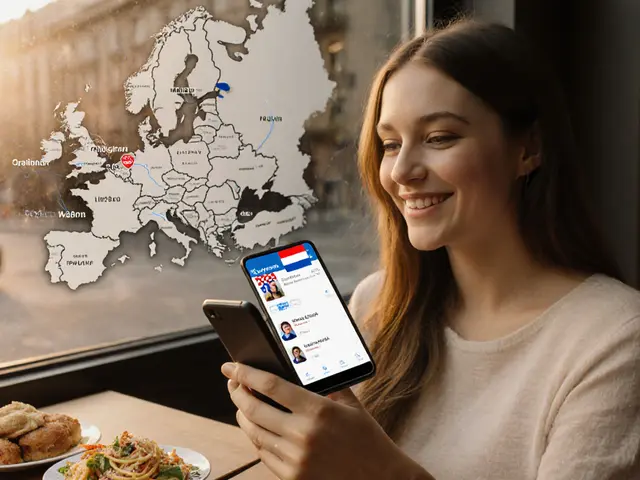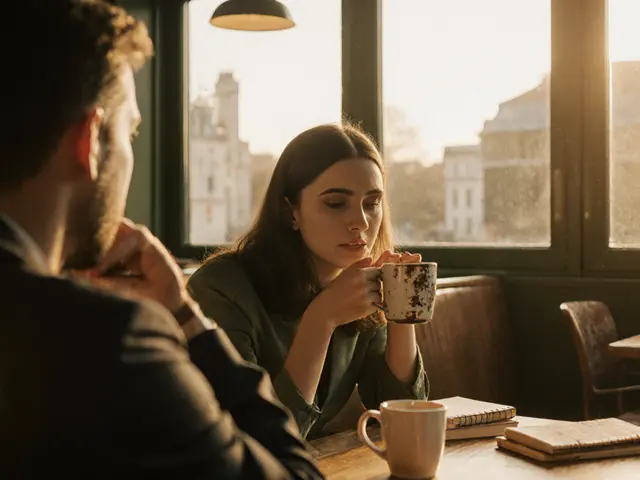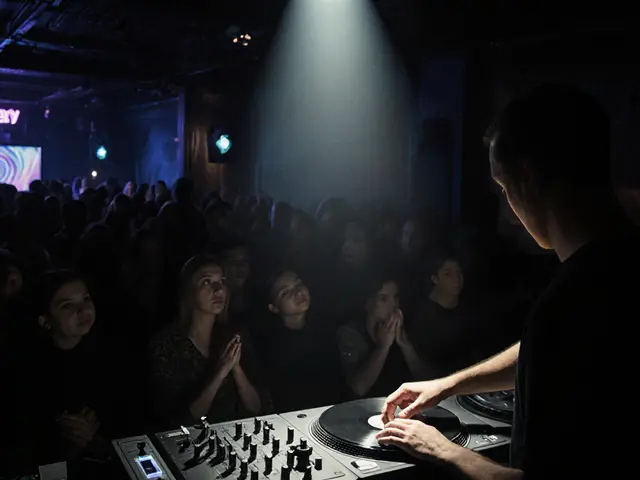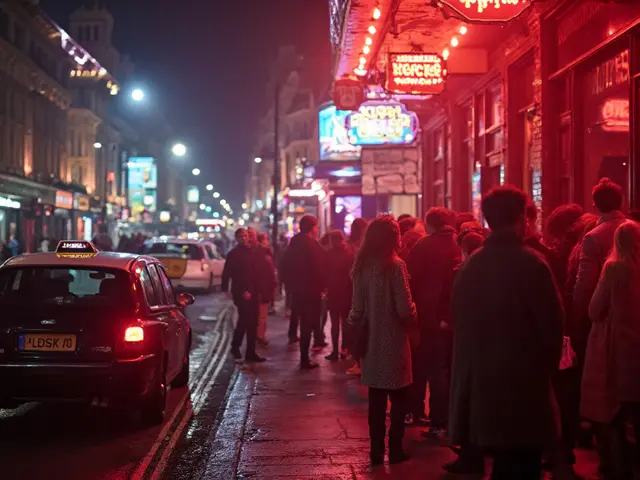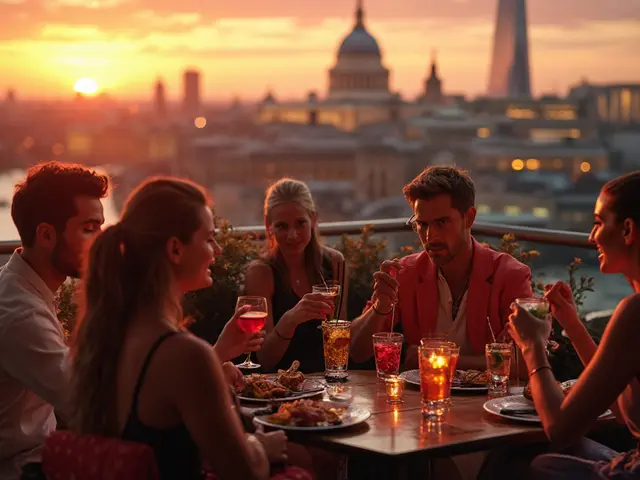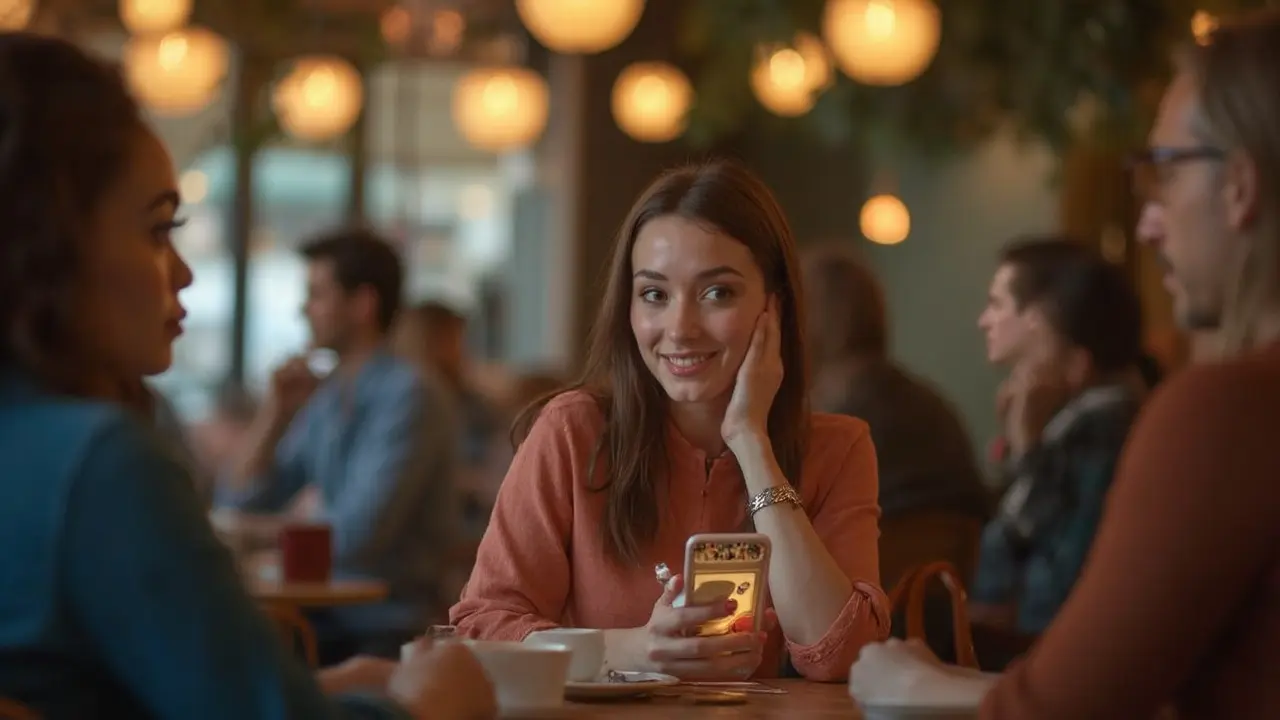
Key Points: Quick Answers About Bumble
- Bumble gives women the first move, flipping the usual dating app script.
- People use Bumble for both hookups and serious relationships, with user intent varying by location and age group.
- The platform’s profile prompts, badges, and verification features help users express what they’re looking for.
- More UK daters use Bumble for long-term relationships than just casual flings, but neither option is off-limits.
- Knowing how to read signals and set boundaries is key to finding what you want from Bumble.
Direct Answer: Is Bumble for Hookups or Dating?
If you’re skimming for the answer, here it is: Bumble is built for both hookups and dating. The catch? It all comes down to what users want, how they present themselves, and how they interact. Bumble’s vibe is less “late-night texting” and more coffee date, but there are plenty of people swiping for quick connections too. In the UK, Bumble has a reputation for being a touch more serious than Tinder—but that doesn’t mean you won’t find folk after something casual. The biggest strength of Bumble is that you can be clear about your intentions right from the bio, so whether you want a wild fling or a walk in the park, the app’s got options for you.
What Sets Bumble Apart: Context, Culture & Purpose
The dating world is a crowded pub on a Friday night—loud, full of choices, and everyone’s got a story. So why does Bumble get so much attention? For starters, women message first. This changes the game in a major way. Instead of the flood of copy-paste openers you might get on other apps, the pace feels more controlled and (usually) more respectful. That single tweak means Bumble tends to attract people who are actually interested in conversation, at least to start.
Now, when Bumble launched in 2014, it sold itself as the “feminist dating app”—a place where women drive the chat, fake profiles get shut down, and honesty is encouraged. Fast-forward to 2025, and you still see that safe, friendly energy in most UK cities, including Bristol. People swipe for lots of reasons: some want relationships, some want a bit of fun, others just fancy meeting locals. Around two-thirds of Bumble users (according to a 2024 YouGov poll) say they’re open to something serious, but about a quarter admit they’re looking for short-term connections too. In London and Manchester, stats skew towards more open-minded dating, while smaller towns might lean more traditional.
The app also nudges you to be clear about what you want. There are badges like “Relationship,” “Something casual,” even “Don’t know yet.” You can add interest tags like “Looking for a plus-one,” “Ready to settle down,” or “Here for fun.” These options help avoid accidental mismatches but, as you might guess, not everyone is totally honest—or sure what they want.
Bumble’s not just about romance, either. Features like Bumble BFF and Bumble Bizz mean you can make friends or network for jobs. But the main draw is still dating, with an edge of feeling a little more grown-up than its main competitors.
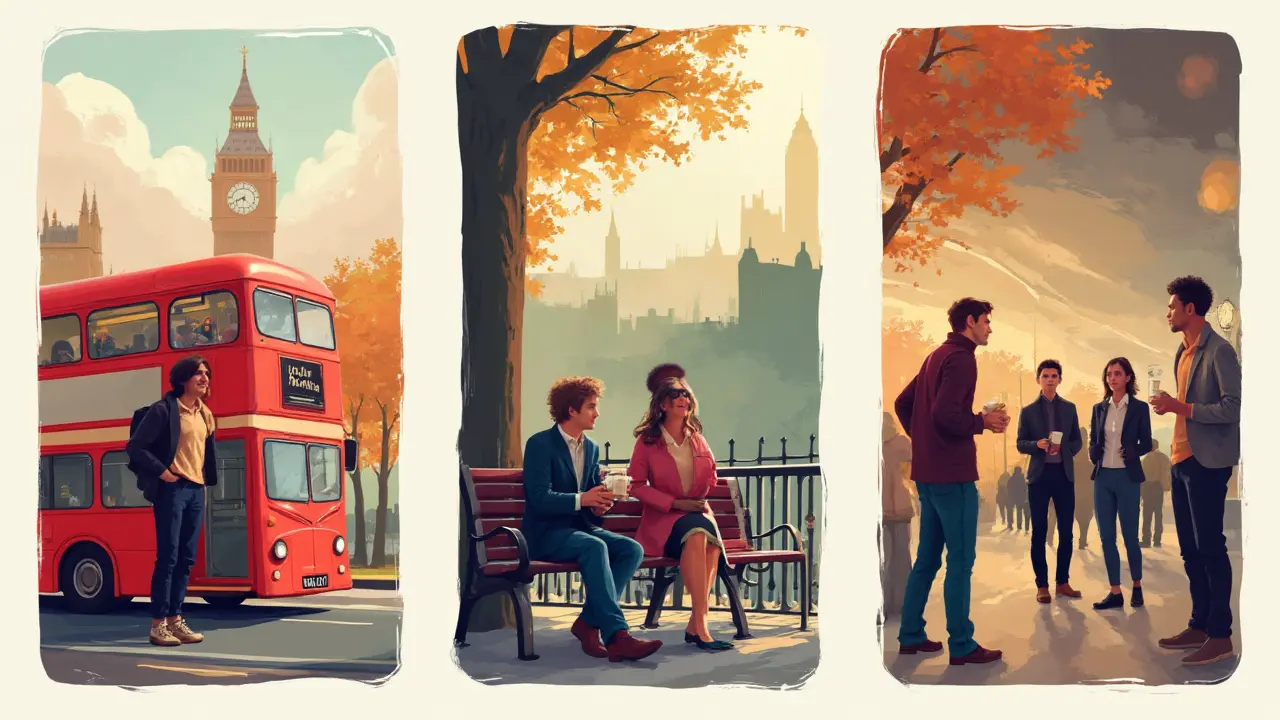
Benefits and Real-Life Bumble Stories
If you’re fed up with ghosters, rude messages, or endless swiping with no payoff, Bumble’s setup can be a breath of fresh air. Women making the first move leads to fewer creepy messages right off the bat. Believe it or not, according to a 2023 Bumble UK user survey, ninety percent of women felt safer on Bumble than other apps. That’s a big deal—especially when you’re putting yourself out there online.
Bumble’s verification system also makes catfishing less common. With a quick selfie check, real people stand out. You get profiles with badges for intentions, smoking/drinking habits, star sign (if you care), and prompts like “My ideal weekend,” “Two truths and a lie,” or “We’ll get along if…”. These give you more info to start a chat that’s actually interesting.
What’s this look like in action? A mate of mine in Bristol, Tom, said he met his girlfriend by being totally direct: his profile said, “After pub quizzes and cheesy chips, not hookups.” She swiped right because she wanted something similar. On the other side, a uni acquaintance looking for flings went for the “something casual” badge, had laughs, and a few memorable stories—no drama, just clear from the get-go.
Bumble also works well for LGBTQ+ users. You can specify gender preferences, and there’s been a steady increase in non-binary and queer users, especially in places like Brighton and Bristol. That means more options for everyone, with less hassle around defining boundaries.
If what you want is actual dates, Bumble’s prompts and intent badges make finding people on your wavelength much easier. And the stats back it up: people who include their intentions in their bio match twice as often with like-minded users, according to Bumble Insights 2024. Being upfront isn’t just encouraged—it actually delivers better results.
How to Use Bumble: Types of Connections, Tips, and Getting What You Want
So, you’ve downloaded Bumble. Now what? First, sort out what you’re after. Want a relationship? Use the “Relationship” badge, fill in thoughtful prompts, and maybe mention something personal in your bio—your go-to coffee order, favourite local park, something to spark a chat. If it’s more of a “no-strings” situation you’re hunting, pick “Something casual,” choose playful prompts, and don’t be shy about saying you’re just looking for a good time (without being crude). Honesty is magnetic on Bumble.
There are three main ways people use Bumble in the UK:
- Relationships – Most users in the 26–35 bracket, especially in bigger cities, are up for something real, but not looking to rush. Think going for drinks on Gloucester Road, seeing if there’s a vibe, and taking it slow.
- Hookups – You’ll find these in every city, but Bristol, London, and Manchester have the biggest crowds openly using “casual” mode. Keep your bio light-hearted, friendly, and skip long lists of requirements.
- Exploring – These are the “not sure” crowd, trying Bumble to see what’s out there. If this is you, pick prompts like “Let’s see where this goes.”
Here’s my checklist for Bumble success, no matter what you’re after:
- Set your intent badge – It appears under your name and filters out most mismatches right away.
- Use prompts wisely – Avoid cliché answers. Be specific: “Sunday roast at the Old Duke beats a night club, any day.”
- Keep photos real – People spot catfishing a mile off. Group photos are fine, but at least one clear selfie, please.
- If you’re a woman, remember you always get to make the first move – Bumble gives you 24 hours after matching, so try something more interesting than “hey.”
- Don’t be afraid to unmatch – If someone’s vibes are off, unmatch and move on.
Bumble’s reach is massive, especially in top UK cities. Here’s a quick look at where Bumble is most popular in the UK:
| City | Active Bumble Users | Most Common Intent |
|---|---|---|
| London | 500,000+ | Serious Dating |
| Manchester | 150,000+ | Mixed (dating and casual) |
| Bristol | 80,000+ | Dating, with some casual |
| Brighton | 60,000+ | LGBTQ+ inclusive dating |
If you’re in Bristol like me, you’ll notice most people mention Clifton, the Harbourside, or Stokes Croft in their bios. Sprinkle in specifics that show you’re actually local, and people are more likely to reply.
Looking for hookups? Set your filters for “Something casual” and adjust your age/distance preferences. If you’re burned out from swiping on people who want something different, try Bumble’s “Questions” game—it matches you based on responses to quirky questions like “Is pineapple on pizza okay?”
Bumble Premium and Boost give you features like seeing who’s liked you, unlimited swipes, travel mode (handy if dating outside your city), and more detailed filters. Premium subscriptions in June 2025 are £19.99/month, while Boost is about £7.99/week if you want a short burst.
Safety, Red Flags, and Busting Bumble Myths
Staying safe while dating online should always be priority number one, especially if you’re new to the scene. Bumble makes an effort here, with features that matter—a photo verification process, blurred nudes (they call it Private Detector), and built-in reporting/blocked buttons. If someone crosses a line, don’t hesitate to report or unmatch.
Red flags are mostly the same as any dating app: vague profiles, no clear photos, or bios like “ask me.” If someone’s evasive about meeting in public, pushes for personal info, or dodges video chats, move on. Always meet in daylight or in busy public places. In Bristol, I’d suggest meeting at places like the Watershed or M Shed café first—public, busy, and casual. Having a mate know where you’re going is basic but so worthwhile.
Now, for some myths: Bumble isn’t just for people who want something serious. You’ll find people looking for hookups, just as you would on Hinge or Tinder. The idea that “girls use Bumble, guys use Tinder” is ancient history. What matters is how open you are about what you’re after—and being cool with what other people want too. On Bumble, it’s not weird to skip small talk and get straight to “What brings you here?”
Some folks think being too honest about wanting a hookup will get you banned or ignored. Not true. If you’re respectful, clear, and stick to Bumble’s guidelines, you’ll avoid headaches—and you’re more likely to match with people who want the same things. It’s always about respect, consent, and setting boundaries early on.
| Feature | Bumble | Tinder |
|---|---|---|
| Women message first | Yes | No |
| Badge for intentions | Yes | No |
| Profile verification | Yes | Yes |
| Average UK user age | 28 | 25 |
| Hookup to serious ratio | 40:60 | 60:40 |
Ready to give Bumble a shot? Be genuine, have fun, set your boundaries—and don’t be shy about what you want. Your right swipe could just be your next pint mate, a one-night story, or maybe (fingers crossed) the start of something you’ll tell your grandkids about.
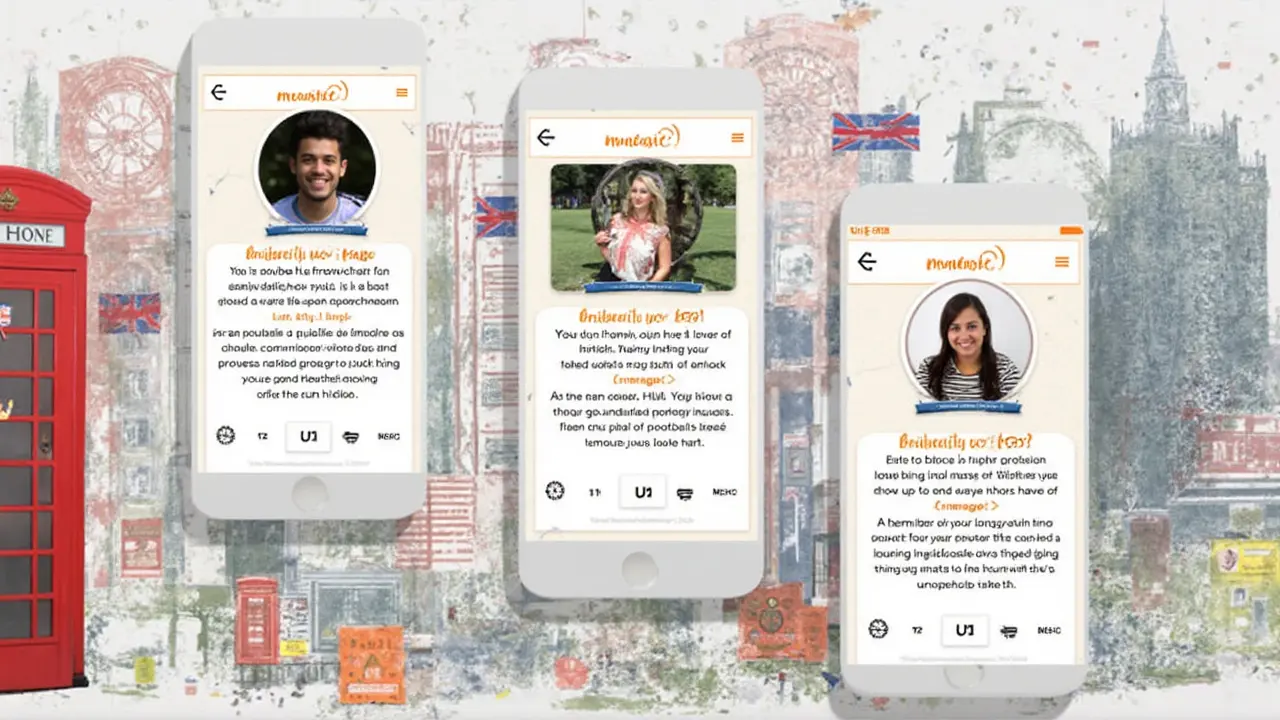
FAQ: Your Questions About Bumble Answered
- Is Bumble only for women?
Bumble lets everyone join, but women message first in opposite-gender matches. In same-gender matches or nonbinary matches, anyone can start the chat. - Can I use Bumble just for friends?
Absolutely. Switch to the Bumble BFF mode to find mates, no romance involved. - If I want hookups, will I get matches?
Plenty of users are after hookups, especially in big cities. Set “Something casual” as your intent to increase your odds. - Do people really find relationships on Bumble?
Yes, loads of couples have met here. Studies in 2024 say over 60% of UK users are open to long-term dating. - What’s the best way to stand out?
Be specific in your bio, use clear photos, and set your intentions with a badge. Unique prompts help you look real and interesting. - Is Bumble safer than other apps?
The verification system and ability to report/block quickly make it one of the safer options, according to both users and industry watchdogs. - How much does Bumble cost?
Free to swipe and match. Premium options range from £7.99/week to £19.99/month for extras like advanced filters and unlimited swipes. - Does Bumble work for LGBTQ+ users?
Yes, inclusivity and non-judgmental vibes are a plus. Set your gender and interest preferences, and you’ll see the right matches.
Thinking about joining Bumble? Set your intentions, be honest, and don’t stress too much—everyone’s out here looking for something. Good luck out there!


